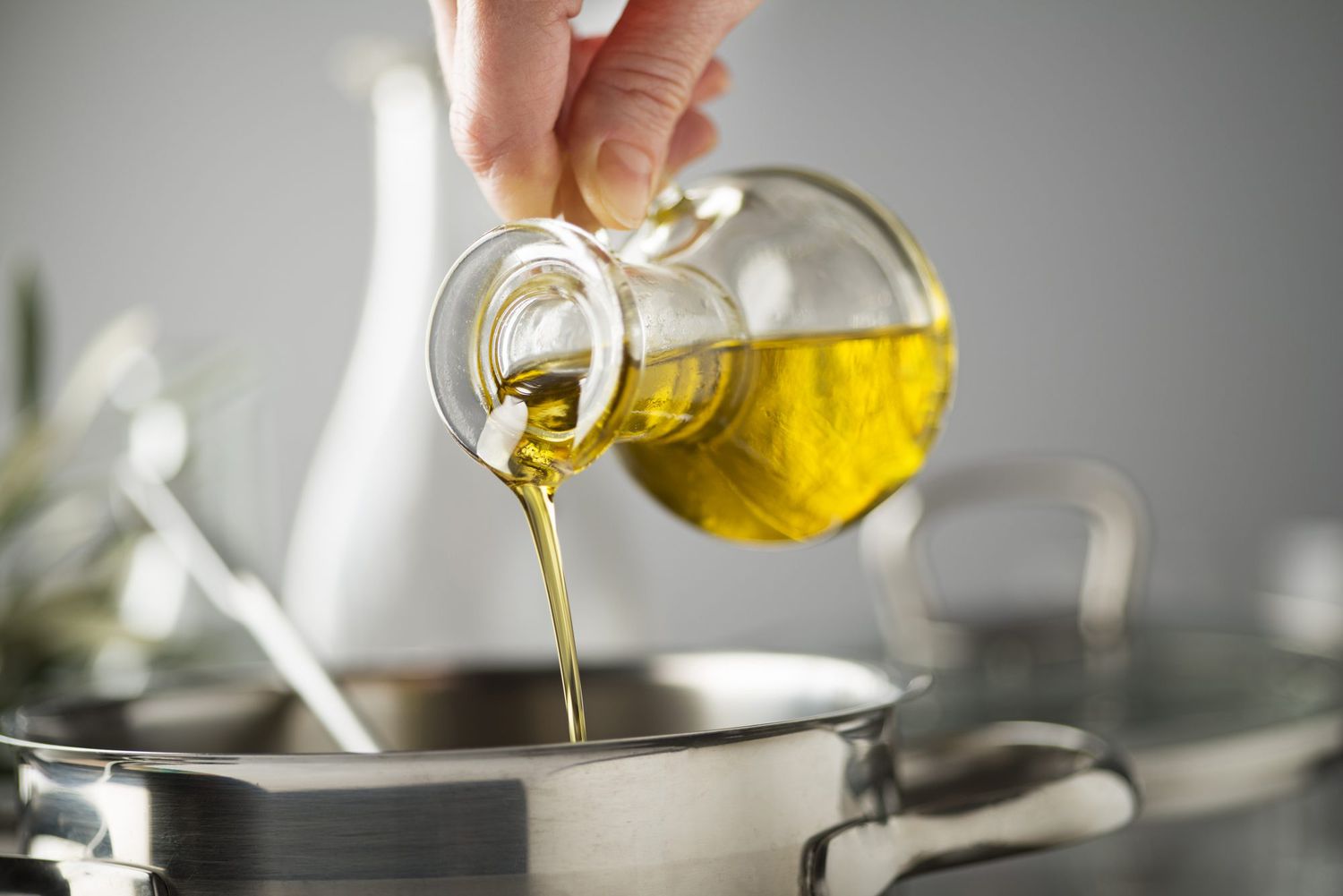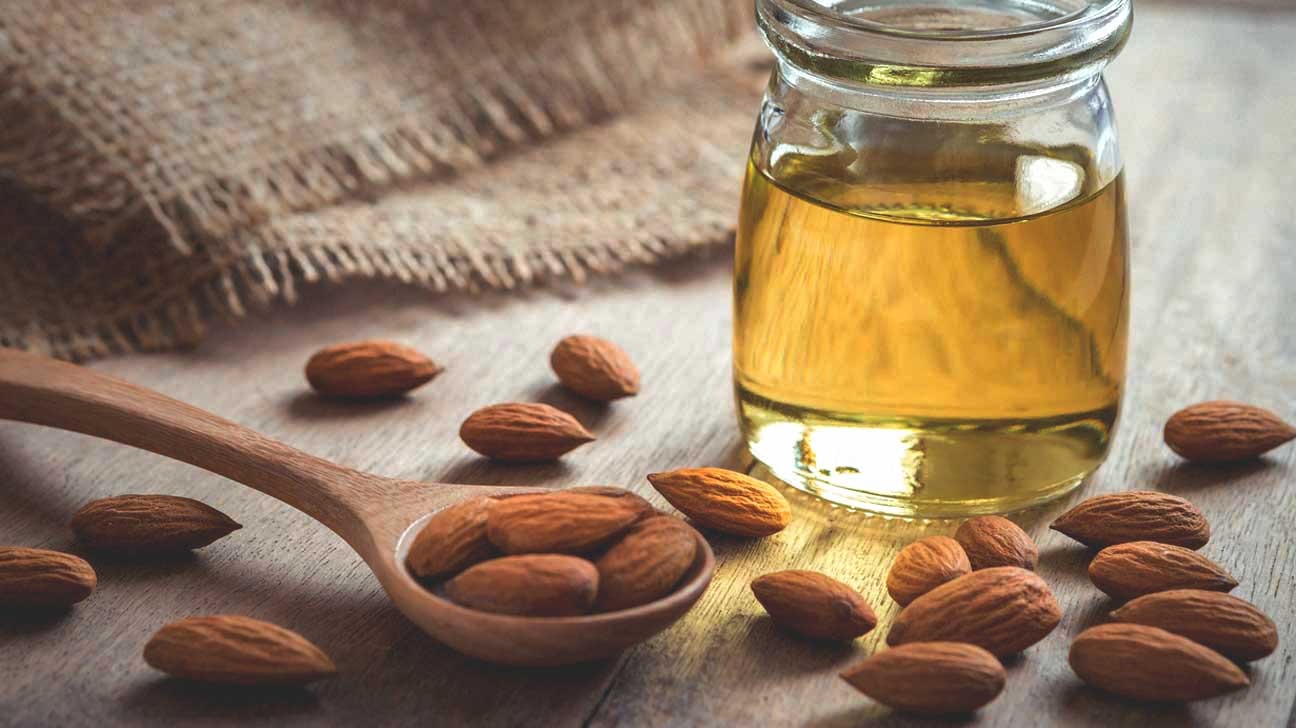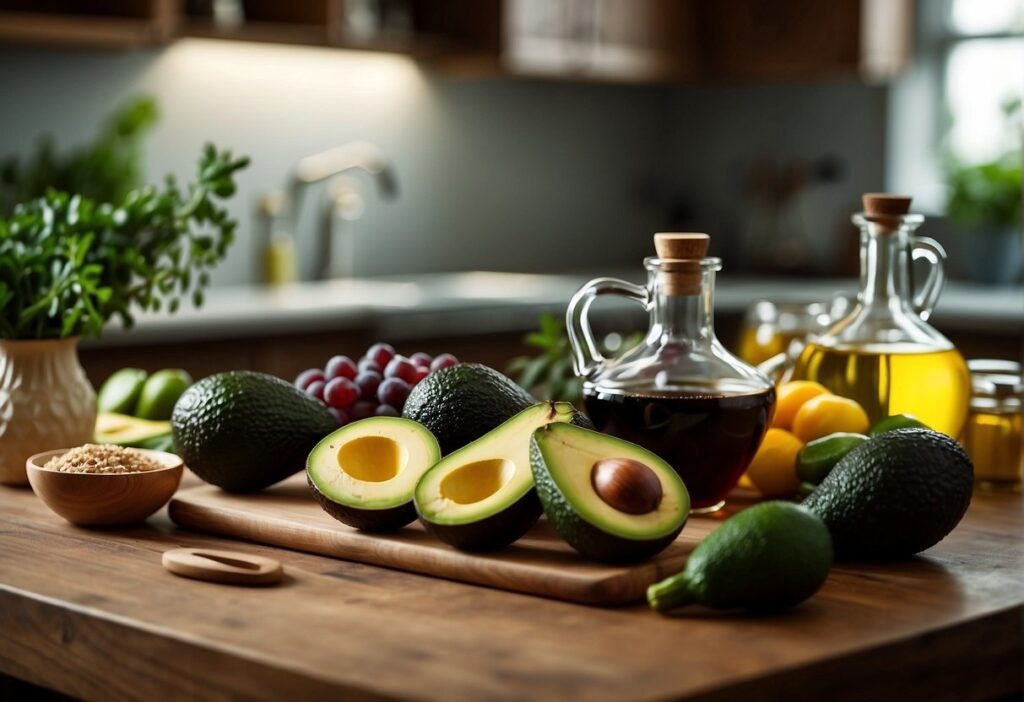For those who adore the art of creating fresh, homemade pasta, the KitchenAid Pasta Maker is nothing short of a game-changer. However, like any other kitchen equipment, ensuring your pasta maker remains in pristine working condition requires regular and thorough cleaning. In this article, we will delve into the how to clean KitchenAid Pasta Maker, offering you an exclusive, unmissable guide to keep your appliance in top-notch shape.

Why Is It Important to Clean Your KitchenAid Pasta Maker?
Proper maintenance, particularly regular cleaning, can significantly extend the lifespan of your KitchenAid Pasta Maker. Neglecting to clean your pasta maker can lead to a buildup of dried dough and flour, which can eventually clog the machine and affect its performance. Additionally, cleaning prevents contamination and ensures that the pasta you produce is safe and delicious.
The Tools You Will Need
Before you embark on the cleaning process, gather the following tools:
- Cleaning brush (usually included with the KitchenAid Pasta Maker)
- Slightly damp cloth
- Dry cloth
- Toothpicks (optional for detailed cleaning)

Step-by-Step Guide: How to Clean KitchenAid Pasta Maker
1. Disassemble the Pasta Maker
First and foremost, make sure the pasta maker is unplugged and the KitchenAid mixer is turned off. Carefully disassemble the pasta maker attachment from the mixer. Depending on the specific model, this process may vary slightly, so it is advisable to consult the user manual.
2. Remove Excess Dough
Once disassembled, you'll likely find remnants of dough attached to the pasta maker parts. Use the cleaning brush that comes with the appliance to gently remove these pieces. Clean thoroughly around the rollers and blades. Avoid using water as it can cause rust or damage the machine.
3. Detailed Cleaning
For intricate areas, using a toothpick can be remarkably effective. Carefully remove any bits of dough stuck in corners or between the blades. While a toothpick is optional, it can make a big difference in ensuring every bit of the pasta maker is clean.
4. Wipe with a Damp Cloth
Take a slightly damp cloth and gently wipe down the machine. Be cautious not to let water seep into the mechanical parts. This step is primarily to remove any fine flour dust that the cleaning brush might have missed.
5. Drying
After wiping the parts, use a dry cloth to make sure they are completely dry. Leaving moisture on the pasta maker can lead to rust, particularly on the metal components.
6. Reassemble the Pasta Maker
Once every part is cleaned and dried, its time to reassemble your KitchenAid Pasta Maker. Follow the instructions in the user manual to ensure all components are correctly fitted. This is crucial for the optimal performance of the machine.

Pro Tips for Maintaining Your KitchenAid Pasta Maker
Follow these additional tips to keep your pasta maker in optimum condition:
- Always clean the pasta maker immediately after use to prevent dough from drying and hardening.
- Store in a cool, dry place to avoid exposure to moisture.
- Avoid using abrasive cleaners or materials to prevent scratching the surface.

What to Avoid When Cleaning Your KitchenAid Pasta Maker
To prolong the life and effectiveness of your KitchenAid Pasta Maker, avoid the following:
- Submerging any part of the pasta maker in water.
- Using harsh chemicals or abrasive cloths.
- Leaving the pasta maker dirty for an extended period before cleaning.
Frequently Asked Questions (FAQ)
Can I put my KitchenAid Pasta Maker in the dishwasher?
No, you should never put the KitchenAid Pasta Maker in the dishwasher. Dishwashers can damage the mechanical parts and cause rust.
How often should I clean my pasta maker?
It is recommended to clean the pasta maker immediately after each use to prevent dough from drying and clogging the appliance.
What can I do if the dough is stuck in the machine?
Using a cleaning brush or a toothpick can help remove any stuck dough. For stubborn areas, a slightly damp cloth can also be useful.
As an Amazon Associate, I earn from qualifying purchases.
For additional cleaning tips, you might also be interested in this blog post on cleaning kitchen tiles.






Leave a comment
This site is protected by hCaptcha and the hCaptcha Privacy Policy and Terms of Service apply.